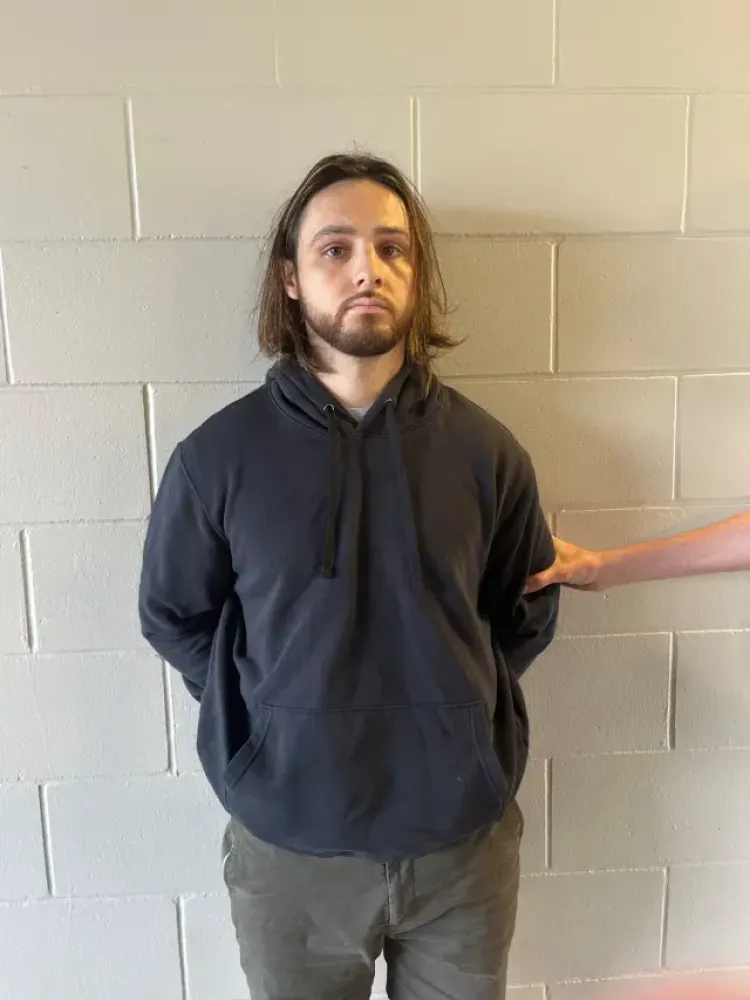Jonathan Rinderknecht The Palisades Fire: A Deadly Lesson in Negligence, Hidden Dangers, and Legal Fallout
The 2025 Palisades Fire in Los Angeles claimed 12 lives, destroyed 7,000 homes, and caused $150 billion in damages. Learn how a smoldering brush fire, negligence, and strong winds turned a preventable spark into a deadly inferno.
A Tragic Chain of Events in Los Angeles
On January 1, 2025, a small brush fire ignited in the Pacific Palisades area of Los Angeles. Authorities later accused 29-year-old Jonathan Rinderknecht of deliberately starting the fire. Though the Los Angeles Fire Department (LAFD) swiftly extinguished the visible flames, a hidden danger remained — smoldering embers buried underground.
For nearly a week, these embers went undetected. Then, on January 7, powerful Santa Ana winds swept through the region, reigniting the fire and transforming it into a massive inferno that would devastate communities across Southern California.
The Palisades Inferno: Scale of Destruction
The Palisades Fire spread rapidly, covering 36 miles in a matter of hours. Fanned by dry conditions and relentless winds, the blaze consumed homes, businesses, and entire neighborhoods.
By the time firefighters contained the disaster, the toll was staggering:
- 12 people killed
- Nearly 7,000 structures destroyed
- Estimated $150 billion in damages
The inferno left behind a haunting reminder of how a single overlooked hazard can spiral into a large-scale tragedy.
Negligence Allegations and Legal Battles
In the wake of the fire, the City of Los Angeles and the Department of Water and Power (LADWP) have faced mounting lawsuits. Plaintiffs allege gross negligence, citing failures in both fire prevention and emergency response.
High-profile residents, including Spencer Pratt and Heidi Montag, were among the first to take legal action. Their lawsuit argues that firefighting efforts were severely hampered by the empty Santa Ynez Reservoir and insufficient water supply, both of which could have worsened the disaster’s impact.
These lawsuits are just the beginning of what may become one of Los Angeles’ most scrutinized public safety failures in recent history.
Unseen Dangers: The Smoldering Cause
Investigators are focusing on the initial January 1st brush fire — specifically the failure to detect underground hotspots that reignited days later. This oversight has raised pressing questions about the effectiveness of post-fire monitoring and fire detection technology in wildfire-prone areas.
The case underscores a painful truth: even extinguished fires can come back to life if embers go unnoticed. In wildfire management, negligence doesn’t always look like inaction — sometimes, it’s what’s missed beneath the surface.
Lessons for the Future
The Palisades Fire tragedy stands as a powerful reminder of how negligence and hidden dangers can collide with catastrophic results. It highlights the urgent need for:
- Improved fire detection systems to identify underground hotspots
- Comprehensive post-fire inspections in high-risk zones
- Adequate water infrastructure to support firefighting efforts
- Accountability and transparency in disaster response
Why We Must Keep Talking About It
Blogging and public discussion play a vital role in keeping tragedies like the Palisades Fire in the public consciousness. By sharing information and engaging in dialogue, we can help raise awareness, push for stronger safety measures, and demand accountability from public institutions.
Through open conversation and a collective commitment to learning from past mistakes, we can work toward a future where no community has to endure a preventable tragedy like the Palisades Fire again.
